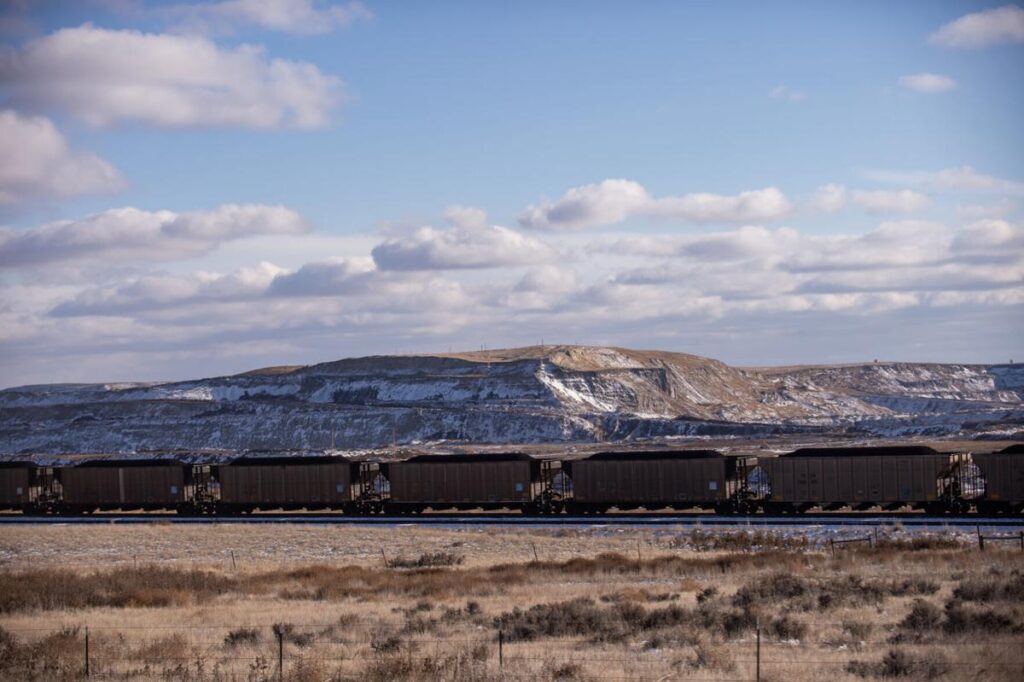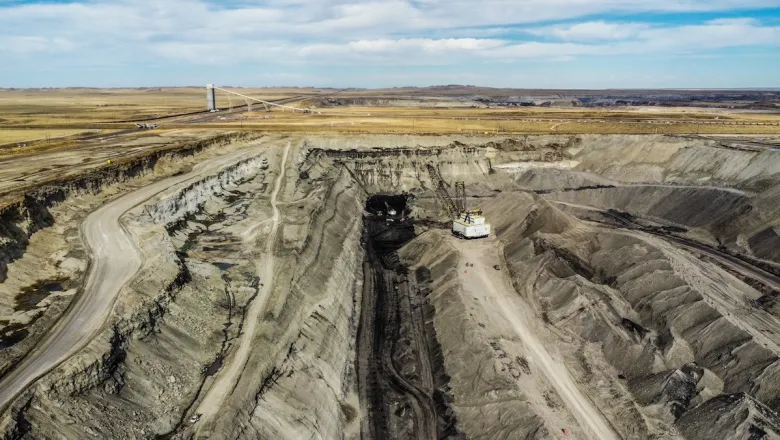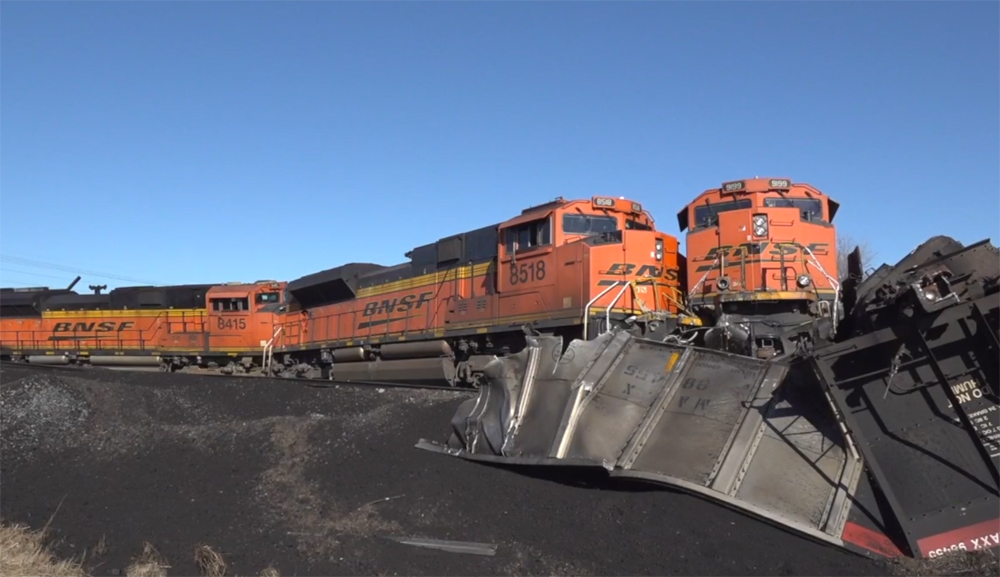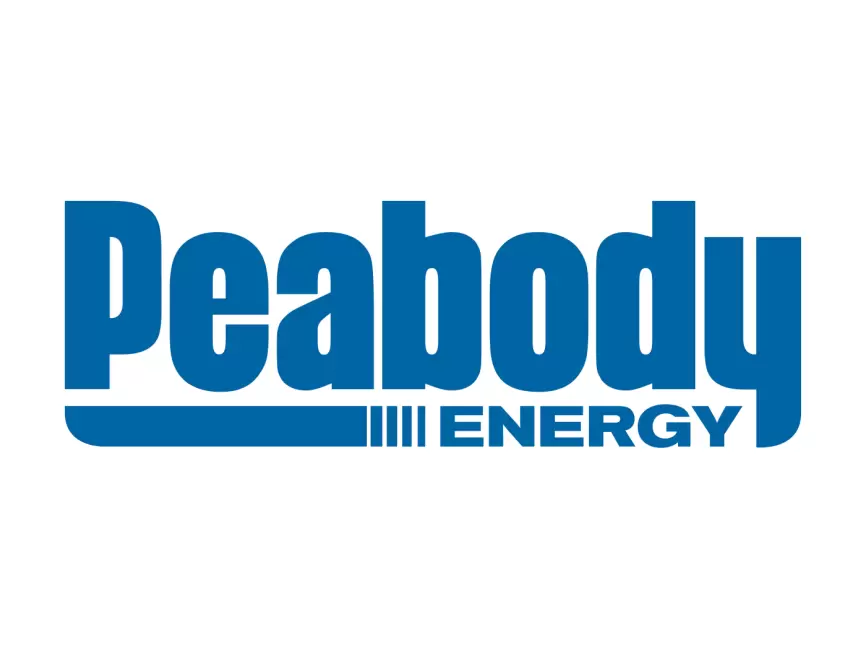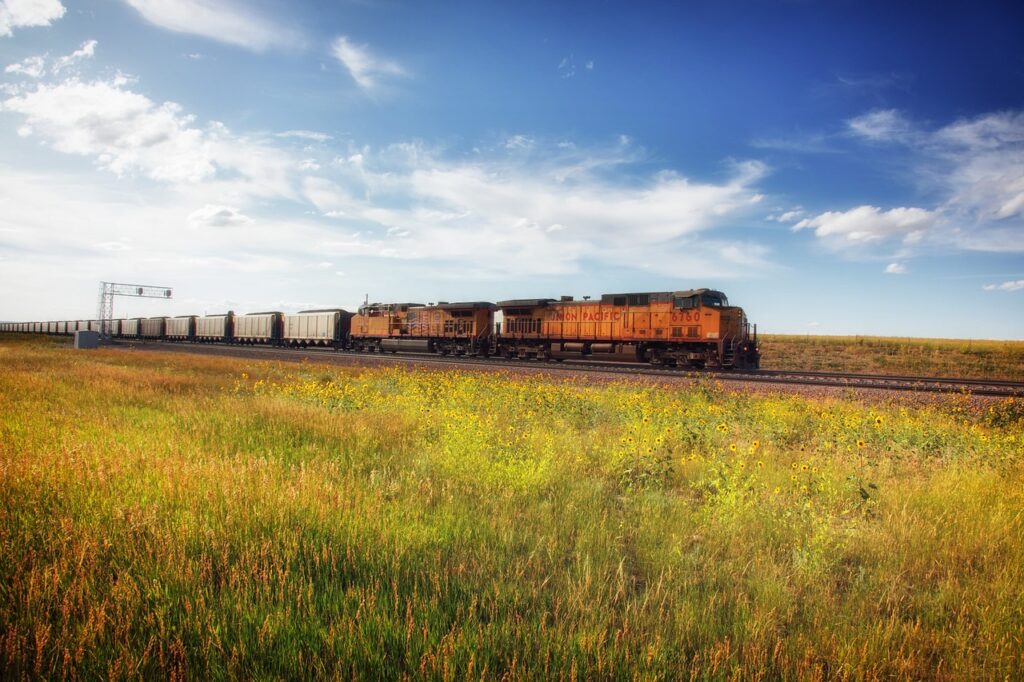The latest coal reports show improvement for Powder River Basin mines when compared to the first half of the year. But overall production remains on track to decline slightly from last year, while the market for thermal coal’s long-term declining trajectory remains unchanged. Powder River Basin coal production increased in the months of July through September, mining just shy of 61 million tons out of 12 Wyoming PRB mines, according to data from the Mine Safety and Health Administration. That total is up about 6 million tons from the prior quarter this year and about 2.5 million more than the first quarter total.
Almost 3 million tons of that difference came from North Antelope Rochelle Mine, which recovered from a clamp on production caused by a tornado that ripped through the mine in June, suspending operations temporarily before ramping back up. All but one Powder River Basin mine — Buckskin — increased its production quarter-over-quarter, with NARM seeing the largest increase and outpacing Black Thunder for the highest production of the quarter.
With the majority of the year in the books, the 12 collective mines are on track for a decrease in production from 2022, and may land near 2021 levels. Through nine months, the Power River Basin has produced more than 173 million tons of coal and another quarter at the average from this year would put the mine in the neighborhood of 231 million tons.
The basin produced about 237.7 million tons in 2022 which grew from about 230 million tons in 2021. Prior to that, the market had fallen sharply from about 267 million tons in 2019 to about 207 million tons in 2020, according to MSHA data.
Better than expected
Peabody Energy’s three Powder River Basin mines outperformed expectations for the three-month stretch, shipping about 22.7 million tons from the basin, about 8% more than the company had projected, according to its third quarter earnings report.
The quarterly total was a half-million more than the same period last year but almost 4 million tons more than the 18.9 million tons that the same mines — Caballo, NARM and Rawhide — produced from April through June. The company credited the increase to higher customer demand and more reliable shipping from railway companies.
Notably, Caballo had its strongest quarter in a decade. The 4.2 million tons the mine produced from July through September equated to the mine’s strongest quarterly total since 2012, said Peabody President and CEO Jim Grech on the quarterly earnings call Thursday.
The company now expects about 21 million more tons of coal to round out the year, putting its Powder River Basin production in the 80-85 million ton range for 2023. Heading into next year, the company has about 80 million tons of Powder River Basin coal sold at an average of $13.77 per ton, nearing the company’s sold-out capacity.
‘Continuing decline’
Arch Resources Inc. reported selling 16.8 million tons of thermal coal from July through September, including sales from its West Elk Mine in Colorado, which struggled in the three-month stretch. The vast majority of that production came from Arch’s Powder River Basin operations. Black Thunder Mine contributed the lion’s share — 15.7 million tons, according to MSHA data — with about 600,000 tons chipped in from Coal Creek, which remains partially open while the majority of its operation has been fully reclaimed.
“The Powder River assets performed at a high level once again in Q3 as they managed costs effectively while delivering a solid margin,” said John Drexler, senior vice president and chief operating officer, on the Arch quarterly call Thursday.
While thermal coal is no longer a long-term priority of the energy corporation amid its pivot to metallurgical, or steelmaking, coal markets, it has still proven profitable. Since the end of 2016, those “thermal assets” have brought in almost $1.4 billion in adjusted earnings compared to about $165 million spent on capital in that time.
Although demand for thermal coal is not at the level it hit when rebounding from the effects of the COVID-19 pandemic in late 2021 through 2022, the company has found buyers for most of its coal for 2024 and expects similar levels to the 60-plus million tons Black Thunder and Coal Creek are on track to produce this year. Arch officials are prepared for the market for Powder River Basin coal to decrease about 10% each year and feel the mines are positioned well to adapt to that decline or stand pat if demand stays higher than anticipated.
“If we get a period of time where we get a bit of a plateau and it stabilizes, we’re ready for that,” said Deck Slone, senior vice president of strategy, on the earnings call. “But the fact is … we’re still seeing those systematic, steady sort of coal plant closures each year. But there’s still a significant market.”
Overall, the company remains prepared for “continuing decline over the next decade,” he added.

